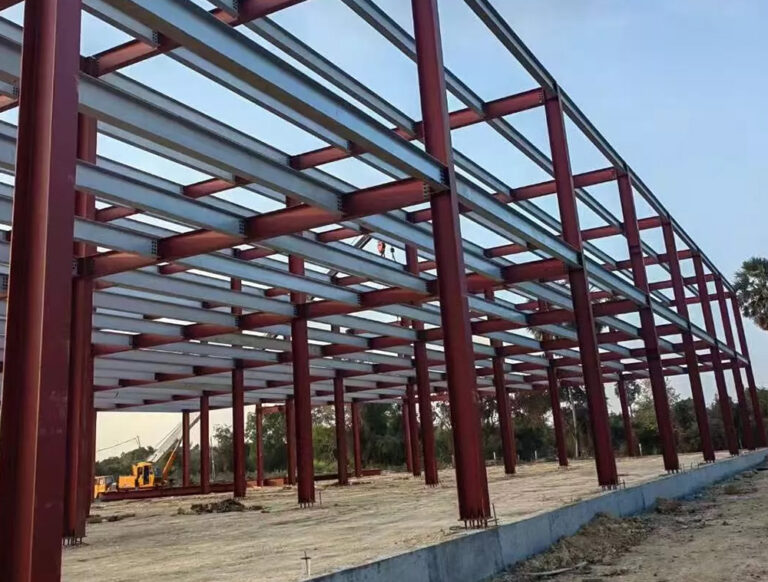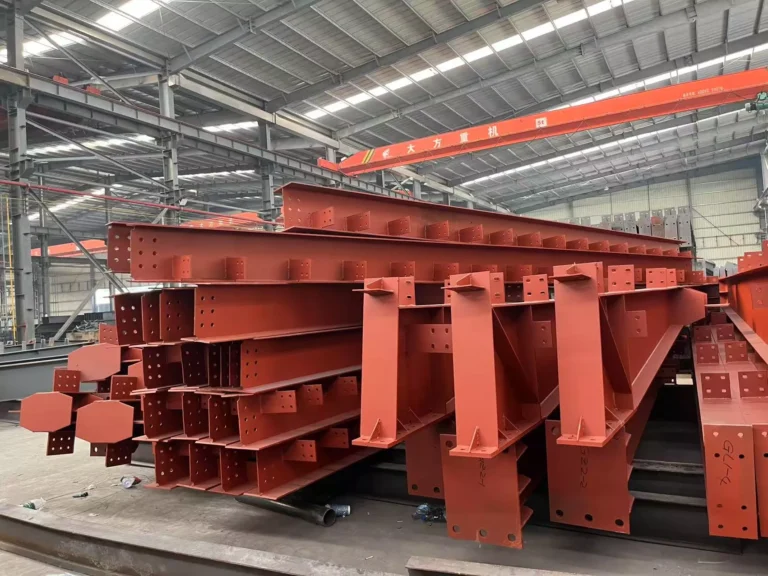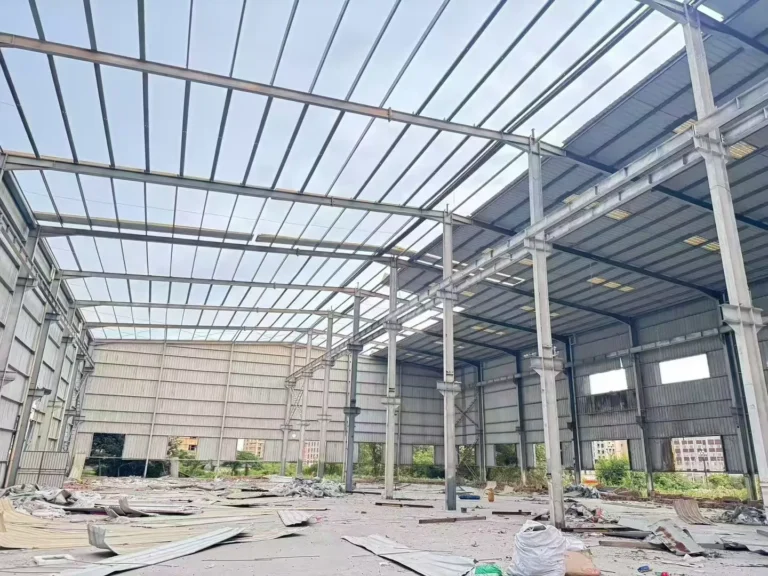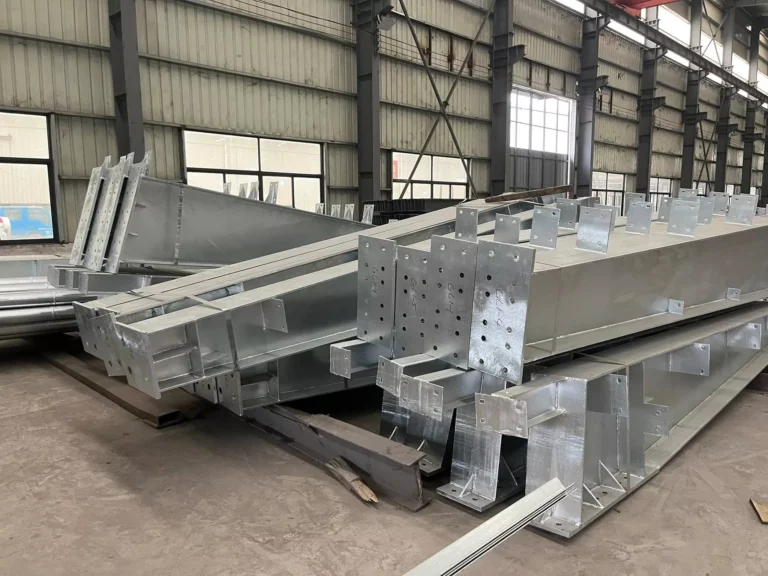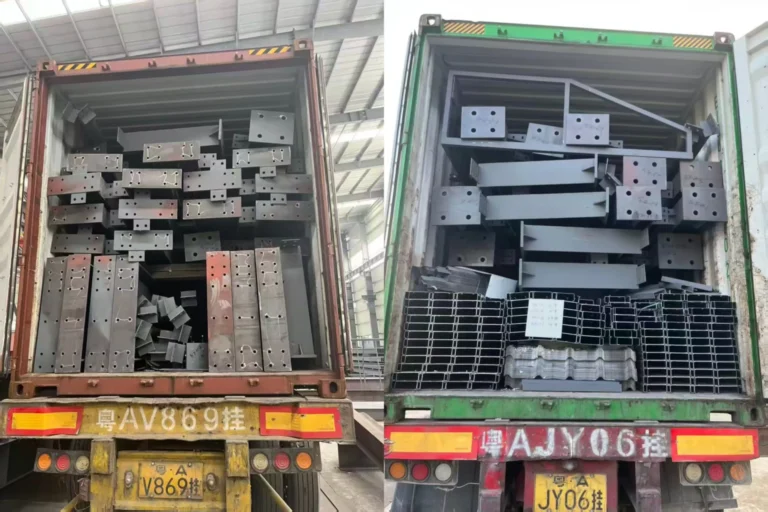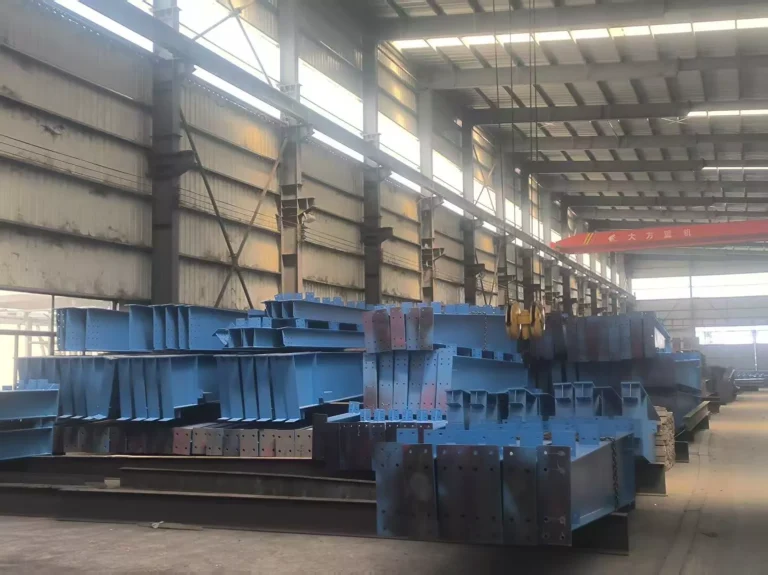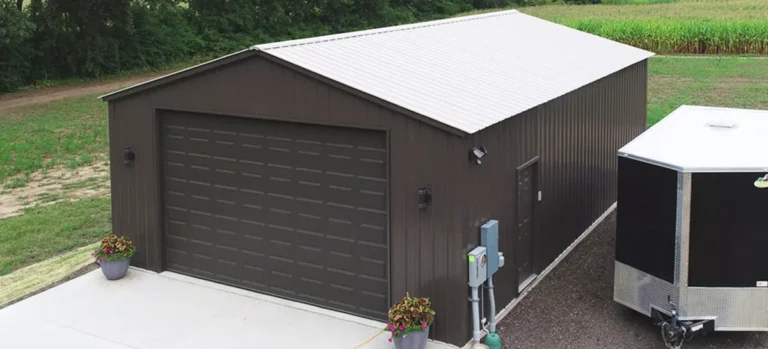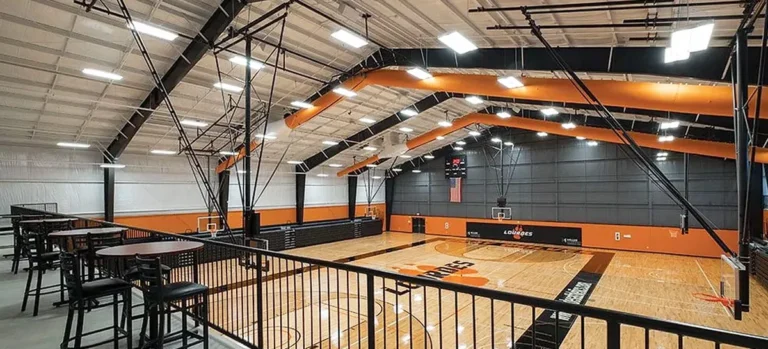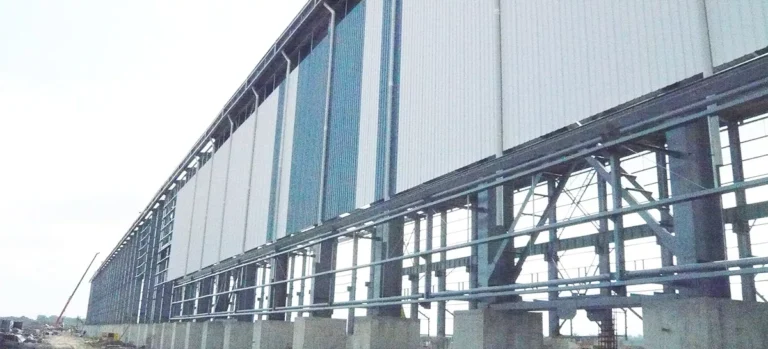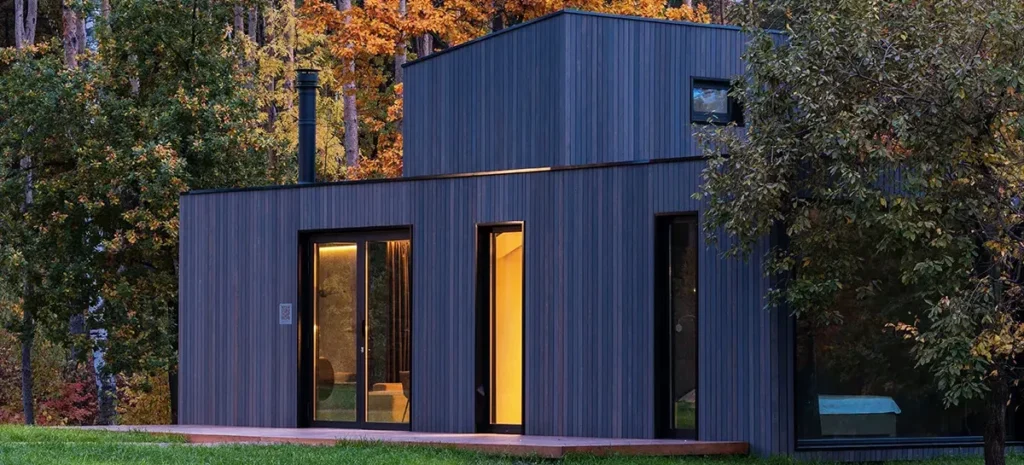
The housing industry is undergoing a transformative shift as demand for sustainable, affordable, and efficient homes continues to grow. Prefabricated buildings, often referred to as “prefab homes,” are emerging as a leading solution to meet these evolving housing needs. These homes are constructed off-site in factories and then transported to the building location for assembly, offering a faster, more cost-effective alternative to traditional construction methods.
In this article, we’ll explore the key reasons why prefab buildings are poised to shape the future of housing.
1. Cost Efficiency
One of the most significant advantages of prefab buildings is their cost efficiency. Traditional home construction is often expensive due to labor costs, material waste, and weather-related delays. Prefabricated homes, on the other hand, are built in controlled environments where processes are streamlined, and material use is optimized.
How prefab reduces costs:
- Lower Labor Costs: Construction labor is minimized because much of the work is done in a factory, which reduces the time required on-site.
- Reduced Waste: Factories producing prefab homes use precise measurements, which reduces material waste compared to on-site construction.
- Fewer Delays: Since prefab buildings are constructed in controlled environments, they are not subject to weather delays, which can drive up costs in traditional construction.
As housing prices continue to rise, the affordability of prefab homes makes them an attractive option for first-time homebuyers, developers, and those looking to downsize.
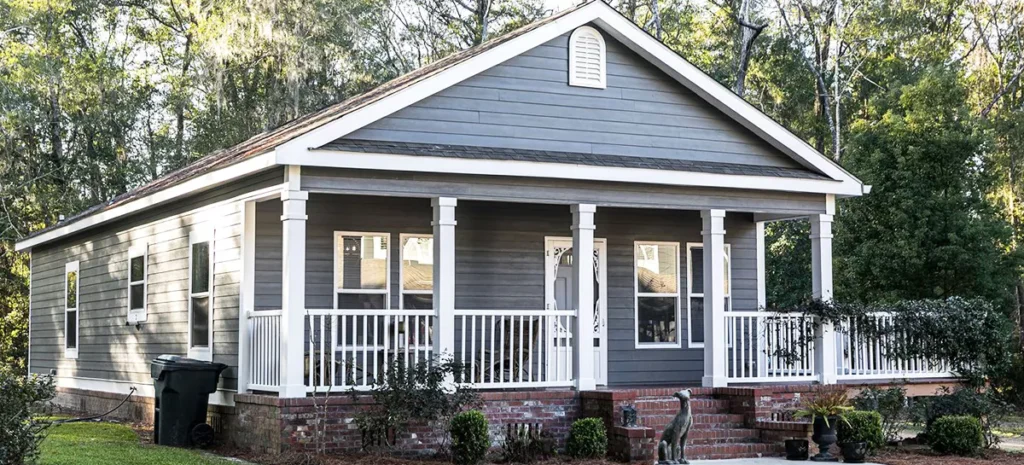
2. Faster Construction Time
Prefab buildings can be constructed and assembled much faster than traditional homes. In many cases, a prefab home can be completed in a matter of weeks, compared to the several months (or even years) required for conventional construction.
Factors contributing to faster construction:
- Factory Efficiency: In a factory, different components of the home can be constructed simultaneously, reducing the overall build time.
- On-Site Assembly: Once the prefabricated components are delivered, they can be assembled quickly on-site, often in just a few days.
- No Weather Delays: Since most of the construction occurs indoors, bad weather does not impact the timeline.
For developers and homeowners alike, this speed can be a game-changer, reducing holding costs and getting homes to market faster.
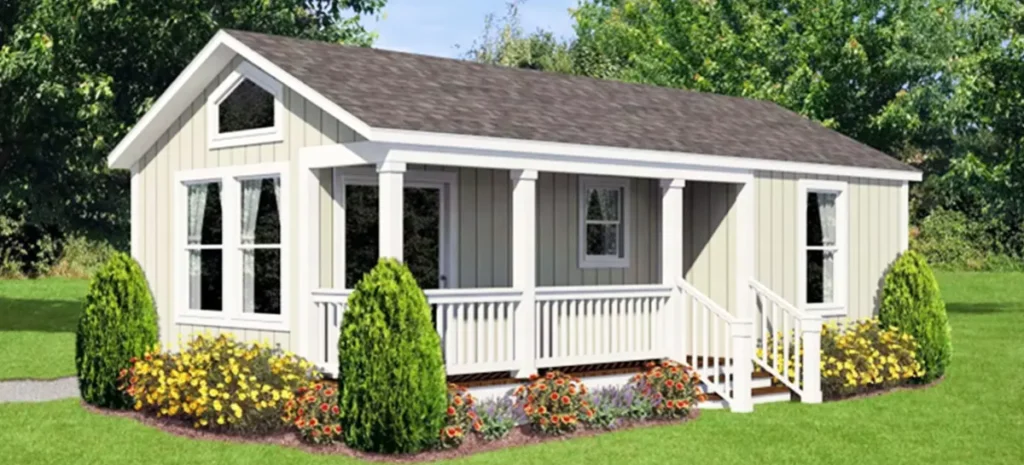
3. Sustainability and Eco-Friendly Design
Sustainability is a growing priority in the construction industry, and prefab buildings are leading the way in green building practices. The precision and efficiency of factory construction contribute to a reduction in material waste, while many prefab manufacturers are committed to using eco-friendly materials and processes.
Sustainability benefits of prefab housing:
- Energy-Efficient Designs: Prefab homes are often designed with energy efficiency in mind, using high-quality insulation and windows to reduce heating and cooling costs.
- Reduced Material Waste: Factories can reuse and recycle materials more efficiently than traditional on-site construction, which significantly reduces the environmental footprint.
- Green Certifications: Many prefab home manufacturers offer homes that meet or exceed green building certifications, such as LEED (Leadership in Energy and Environmental Design).
As consumers become more eco-conscious, the demand for sustainable housing options continues to rise, positioning prefab homes as a key solution for the future.
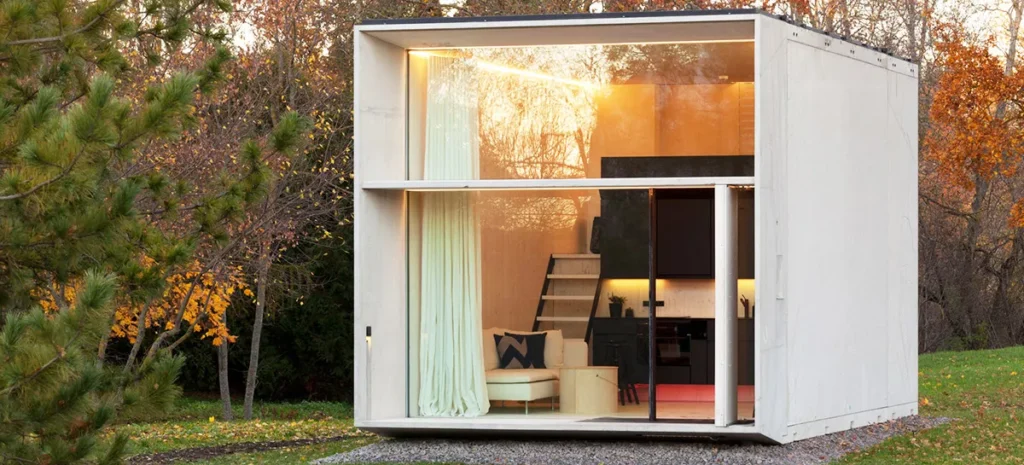
4.Design Flexibility
Contrary to the misconception that prefab homes are “cookie-cutter” or limited in design options, modern prefabrication offers extensive customization and flexibility. Advances in technology and design mean that prefab homes can range from simple, affordable structures to high-end, architecturally designed homes.
Customizable design options:
- Modular Components: Prefab buildings are typically constructed using modular components, allowing homeowners to customize the layout, size, and features of their home.
- Diverse Styles: Whether you’re looking for a contemporary design, a traditional look, or a minimalist aesthetic, prefab homes offer a variety of architectural styles and finishes.
- Adaptable Layouts: Many prefab homes are designed with flexibility in mind, meaning they can be easily expanded or modified as the homeowner’s needs change over time.
The ability to personalize a prefab home to meet specific preferences or site requirements makes them a viable option for a wide range of buyers.
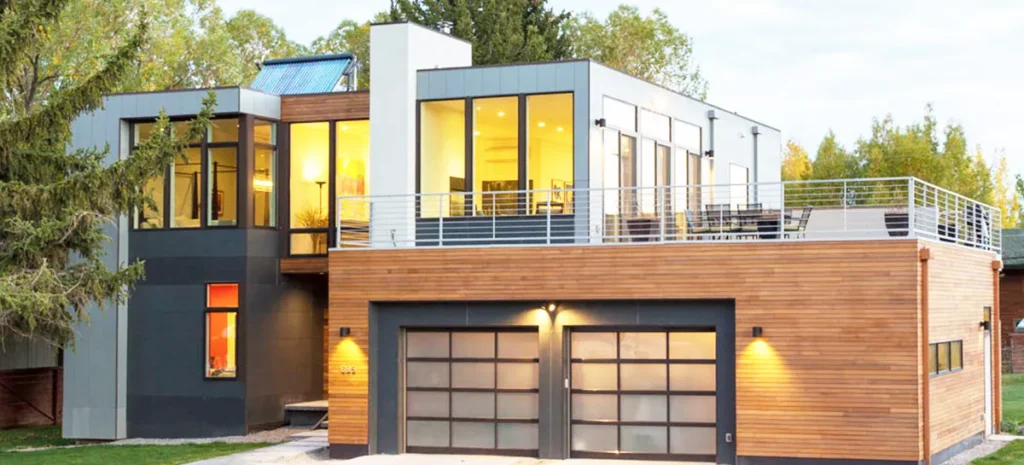
5. Quality Control and Durability
Since prefab homes are constructed in a factory setting, they benefit from higher levels of quality control than traditional homes. Every step of the construction process is monitored to ensure that materials meet strict standards, and the controlled environment helps prevent errors and damage.
Durability benefits:
- Precision Construction: Prefab homes are built using precise machinery, ensuring that components fit together perfectly, which enhances the structural integrity of the home.
- Weather-Resistant: Many prefab homes are designed to withstand harsh weather conditions, including high winds and earthquakes, making them a safe option for a variety of climates.
- High-Quality Materials: Manufacturers often use premium materials that meet or exceed local building codes, resulting in a home that is built to last.
With higher-quality construction and durable materials, prefab homes often outperform traditional homes in terms of longevity and resilience.
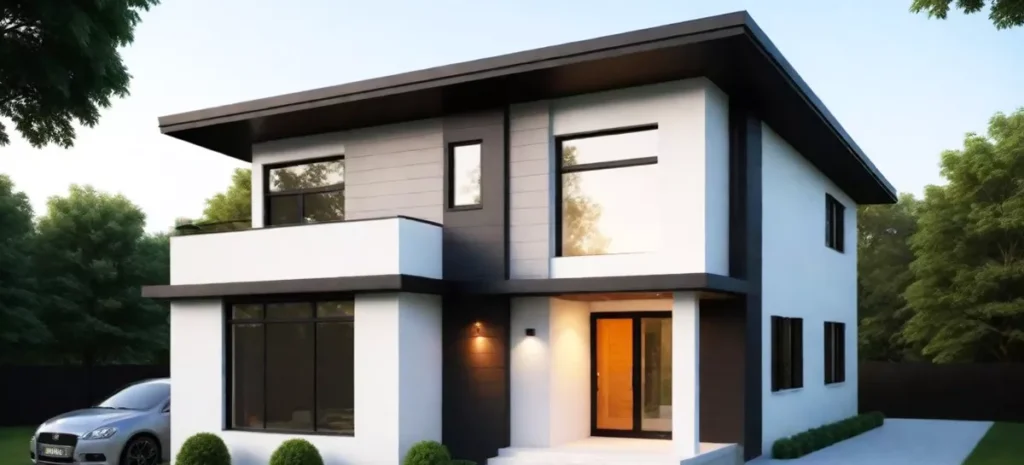
6.Adaptability to Various Needs
Prefab homes are not just limited to residential use—they are also gaining popularity in commercial, educational, and healthcare sectors. Modular and prefabricated buildings can be easily adapted to serve different purposes, making them a versatile solution for a variety of needs.
Applications of prefab buildings:
- Affordable Housing: Prefab homes provide a practical solution to the global affordable housing crisis, offering cost-effective, high-quality homes that can be constructed quickly.
- Temporary or Permanent Structures: Prefab buildings can serve as temporary structures for disaster relief or construction site offices, as well as permanent residences.
- Community Housing: Many prefab housing projects are designed to create affordable, sustainable communities, particularly in urban areas facing housing shortages.
As prefab construction continues to evolve, its adaptability will make it an integral part of the housing landscape.
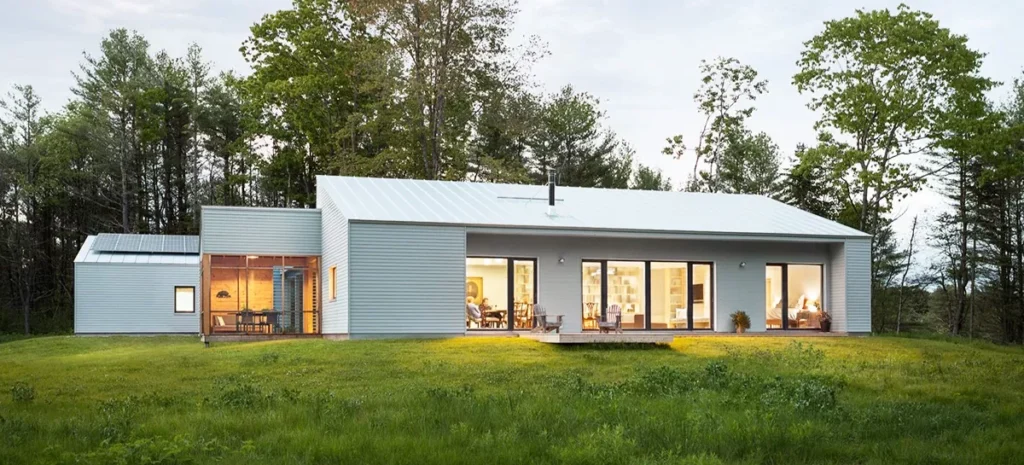
Conclusion
Prefab buildings are revolutionizing the housing industry by offering a faster, more affordable, and sustainable alternative to traditional construction methods. With advancements in technology, design flexibility, and a growing emphasis on eco-friendly practices, prefab homes are well-positioned to meet the demands of future homeowners. Whether you’re looking to build a cost-effective starter home, a custom-designed luxury residence, or a sustainable community, prefab homes offer a versatile solution that can adapt to various needs.
As the construction industry moves toward a more efficient, environmentally conscious future, prefabricated homes are likely to play a key role in shaping the next generation of housing. For those seeking an innovative, durable, and customizable home, prefab buildings are not just a trend—they’re the future.
For more information about prefab buildings and how they can meet your housing needs, contact us at lizzy@ganyosteelbuilding.com. We’re here to help you explore the possibilities of prefab construction!

